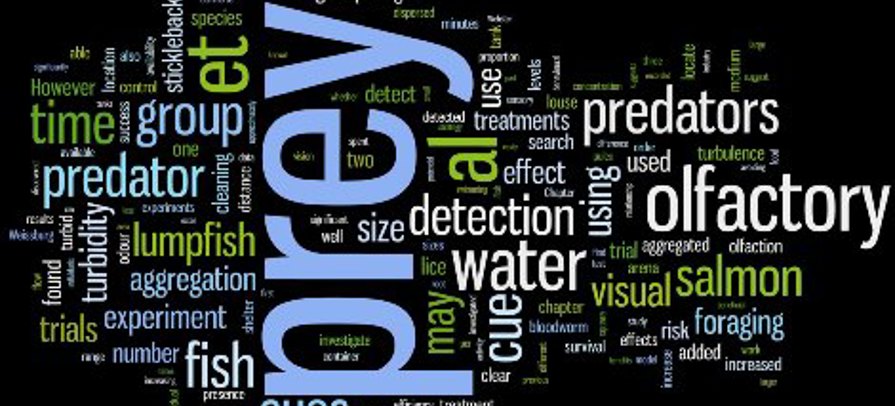Ása Johannesen vart ph.d. í Leeds
Týsdagin 7. mai vardi Ása Johannesen ph.d.ritgerð sína við University of Leeds. Ritgerðin kallast: "Predator-prey interactions in aquatic environments".
Vegleiðarar hava verið Dr Alison Dunn, University of Leeds, og Dr Lesley Morrell,University of Hull.
Opponentarnir vóru Dr Sarah Zylinski, University of Leeds og Dr Iain Barber, University of Leicester.
Sum vant tá ph.d. ritgerðir vera vardar í Bretlandi, so var verjan ikki almenn. Ása Johannesen greiddi opponentunum frá verkætlanini og fekk síðani spurningar og ymsar atfinningar frá opponentunum. Verjan gekk helt væl, og tað eru bert smávegis rættingar, sum skulu gerast, áðrenn endaliga útgávan av ritgerðini formliga kann góðkennast .
Endaliga ritgerðin við rættingunum skal latast inn í mesta lagi 12 vikur eftir verjuna og formliga eftirkannast. Síðani kann ph.d.heitið kann latast endaliga.
Um verkætlanina
Arbeiðið er fyrst og fremst gjørt í Leeds og hevur serliga snúð seg um,hvussu kombikk brúka luktisansin at veiða føði við. Umframt kombikk hevur Ása eisini kannað marflugur. Partur av arbeiðinum er gjørt í Føroyum, harímillum feltarbeiði í støðuhyljum við strendurnar. Ein kapittul um brúk av rognkelsum sum reinsifisk hjá laksi, sum er gjørdur í samstarvi við Fiskaaling og starvsfólk har. Verkætlanin er fíggjað av Granskingarráðnum og Fiskaaling hevur veitt alla neyðuga útgerð og umstøður til rognkelsi partin. Harumframt hava Biofar, Náttúrugripasavnið og Fróðskaparsetrið lænt útgerð og veitt vegleiðing í sambandi við verkætlanina.
Les meira um verkætlanina í Stuðulsyvirlitinum
Ása Johannesen er júst flutt til Føroya aftur og er í fyribilsstarvi á Fiskaaling. Les um Ásu Johannesen í Heilagrunninum.
Abstract
In the first half of this thesis, I have focused on predator ability to locate prey using olfaction and how prey aggregation and turbulence affect prey detection. In chapter 2 I investigate the ability of three spined sticklebacks to compensate for loss of visual cues by using olfaction and find that they can use olfactory cues but that these most likely help the fish detect prey rather than locate prey. In chapter three I explore the effect of prey aggregation as an anti-predator strategy when avoiding an olfactory predator and find that aggregated prey survive longer than do dispersed prey. In order to further investigate why this may be, I carried out an experiment using Gammarus pulex as the predator where I recorded search time as a function of prey group size. I found that similarly to detection distance, search time relates to the square root of the number of prey. Finally, I investigate the effect that turbulence in flowing water may have on prey group detection using three spined sticklebacks in a y-maze. I find that risk of detection increases with prey group size but that turbulence lowers this risk. This may mean that there are thresholds below which size prey groups can benefit from turbulence as a ‘sensory refuge’ thus avoiding predators.
In the second part of my thesis I focus on the interactions between a cleaner fish and a parasite in an aquaculture setting focusing on whether said fish is useful as a cleaner in industry. I carry out experiments to investigate the use of lumpfish as salmon cleaners in terms of cleaning efficiency and behaviour. I find that while some lumpfish do clean salmon, the required circumstances are still unknown and that further work including selective breeding, personality and effects of tanks is necessary.
